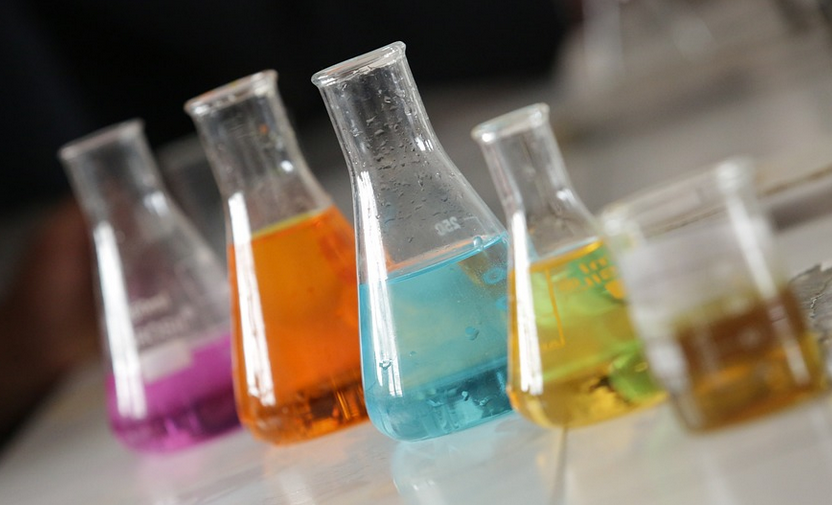What is Carboxymethyl Cellulose?
Carboxymethyl cellulose, also known as CMC, is a common food additive used as a thickener or stabilizer in a wide range of processed foods such as ice cream, salad dressing, and baked goods. It is derived from cellulose, a natural polymer found in plant cell walls.
Is Carboxymethyl Cellulose Harmful?
Despite being widely used in the food industry, there has been some concern over the safety of carboxymethyl cellulose. Some studies have suggested that consuming large amounts of CMC may lead to digestive issues such as bloating, gas, and diarrhea. However, these studies have been limited and more research is needed to fully understand the potential health effects of CMC consumption.
The FDA’s Stance on CMC
The US Food and Drug Administration (FDA) has deemed carboxymethyl cellulose as generally recognized as safe (GRAS) for use in food. This means that the FDA has reviewed the available scientific data and has determined that CMC is safe for consumption at the levels typically used in food products.
Alternatives to CMC
If you are concerned about consuming carboxymethyl cellulose, there are several alternatives that can be used as thickeners or stabilizers in food products. These include agar, carrageenan, and xanthan gum. However, it is important to note that these alternatives may also have potential health effects and should be consumed in moderation.
The Bottom Line
While there is some concern over the safety of carboxymethyl cellulose, the FDA has deemed it safe for consumption in food products. If you are concerned about consuming CMC, there are alternatives available, but it is important to consume them in moderation. As always, it is important to maintain a balanced and varied diet to ensure optimal health.
References:
1. “Carboxymethyl cellulose.” Food and Drug Administration, US Department of Health and Human Services, 2022. 2. “Carboxymethyl cellulose: Uses, safety, and alternatives.” Medical News Today, 2021. 3. “Carboxymethyl cellulose.” Chemical Safety Facts, American Chemistry Council, 2022.

